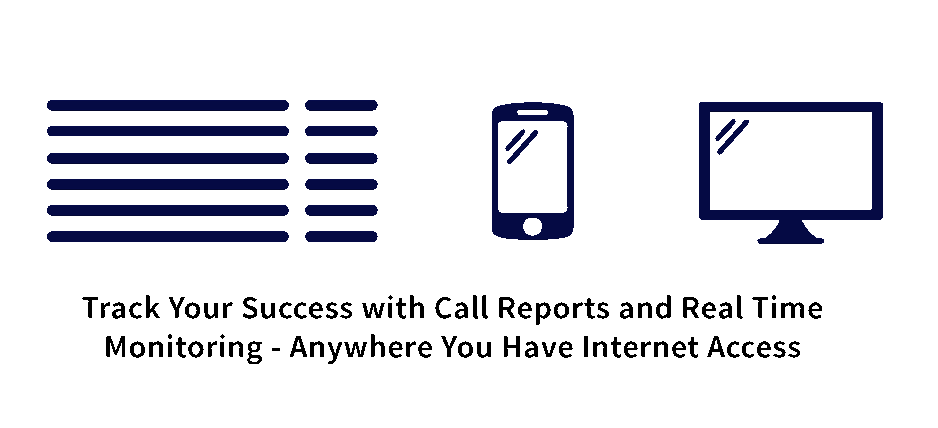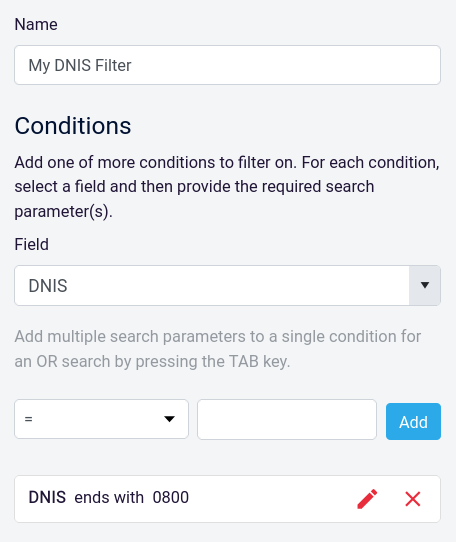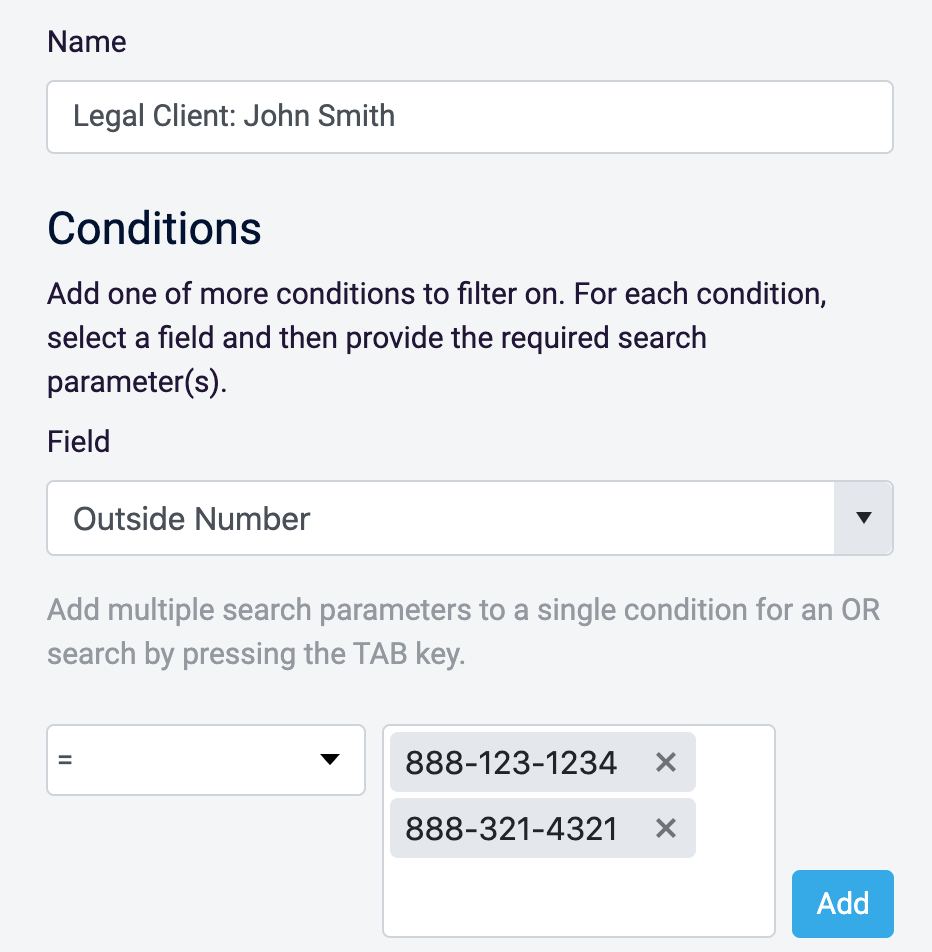The two concepts of Dialed Number Identification Service (DNIS) and Automatic Number Identification (ANI) are often lumped together, and often confused. Today we’ll outline the similarities and differences between DNIS and ANI so you can better understand each of them.
Both DNIS and ANI are built into the makeup of telephony and VoIP systems. You can learn about the underpinnings of your phone service by reading our What is VoIP? guide. For now, today’s blog will make a good introduction to the aforementioned concepts and can help you understand more about how your calls work.

What is Dialed Number Identification Service (DNIS)?
DNIS lets businesses see the phone number that was dialed to reach their offices. This can be useful because of the range of ways that businesses offer callers to reach the same locations.
For example, consider a business that uses several local phone numbers and toll-free numbers which all reach a single office location. It presents these numbers across multiple web-based advertisements, billboards, and flyers. One local number is used for flyers, but several toll-free numbers are used in the ads and billboards, so how does the business know which number the caller has dialed? How can the company examine its marketing efforts to see what has been effective?
DNIS shows the phone number this business’s customer has dialed. Therefore, although all of its phone numbers can point to the same Auto Attendant, and each caller may think they have reached a unique part of the business, analysis of the inbound calls can reveal which part of its marketing efforts have led callers to its central office.
The importance of DNIS cannot be understated because it clears up any confusion about a customer’s intention to dial a specific number associated with a business.
We have a services page on the VirtualPBX website that can help you learn more about using DNIS to track and monitor your inbound calls. And you can read more about our customer, MESA Supplies uses our Advanced Call Reports tool to filter for DNIS values to track its own marketing campaigns.

What is ANI?
Although DNIS and ANI may seem similar – because they both focus on phone number identification – they actually don’t have more than that basic property in common.
ANI identifies the phone number associated with the caller. While DNIS may be useful for your business and its marketing efforts, ANI is more useful for billing purposes and is often used by carriers to determine who made a call, when it was made, and for how long.
- DNIS shows the number that was dialed
- ANI shows the number of the dialer
ANI tends to exist in the background. It’s not something that would ordinarily be useful to your business in any way beyond your phone bill. However, there are several layers to billing, including the amount you as a customer are charged and the amount your VoIP provider (like VirtualPBX) owes to its carriers (like Bandwidth). Costs are passed along the chain, so to keep track of it all, systems like ANI are used.
If you want to dig further into your call data, you can simulate what an ANI report would show by creating an Advanced Call Reports filter based on the Outside Number of your caller. The screenshot above provides an example of what that would look like for your own business.

Keep In Mind DNIS and ANI
We get the question “What is DNIS and ANI?” all the time from customers. We hope that this short primer helps you get a better understanding of these concepts. If you want assistance working with DNIS (Dialed Number Identification Service) at your own business, we’re happy to help. We’ve also put together an article on the differences between DNIS, DID, and DISA – check it out!







